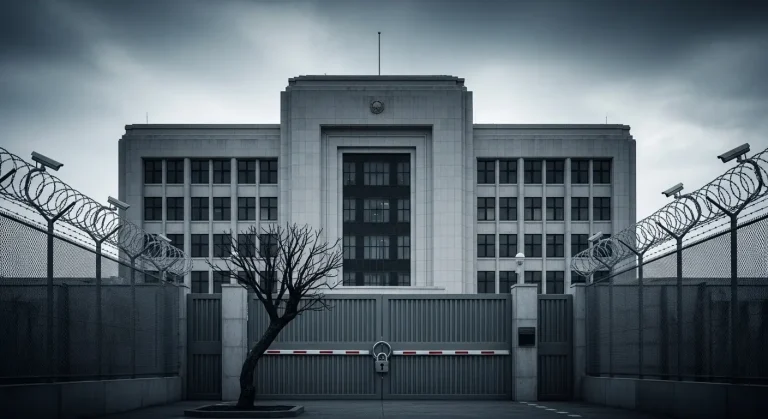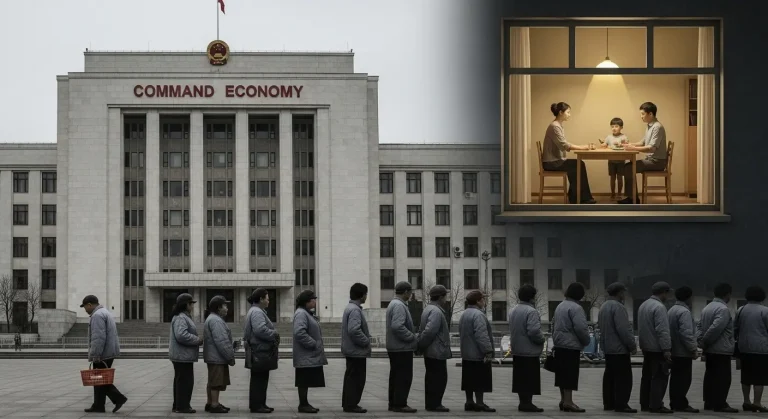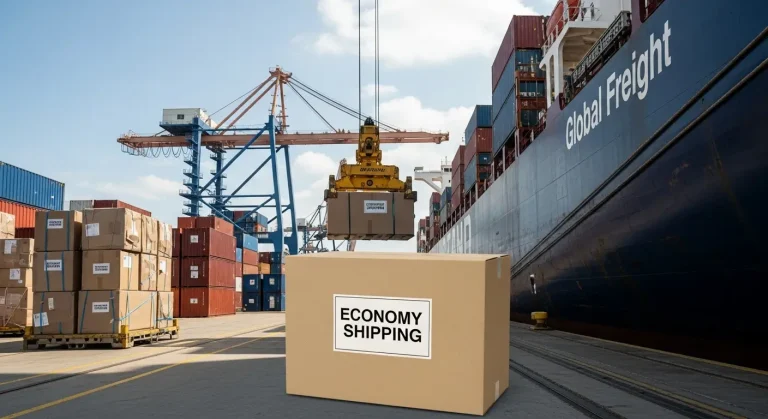In a mixed market economy, the government often reduces unemployment by directly funding public-projects that create jobs. In other words, it uses fiscal policy—government spending—to stimulate job creation when the private sector alone cannot absorb all unemployed workers.
1. Understanding the economic system and roles
1.1 What is a mixed-market economy?
A mixed-market economy is an economic system that blends elements of free markets (private ownership, supply & demand) with government intervention (public ownership, regulation).
In such a system:
- Private individuals and firms make a large share of economic decisions.
- The state also owns or controls certain sectors and intervenes when markets fail or social goals demand action.
- It stands between a pure market economy (minimal state) and a command economy (state controls most production).
1.2 Who makes most of the daily economic decisions?
In this system, individual consumers and private businesses make most day-to-day decisions—what to buy, what to produce, how much to invest—while the government sets the rules, provides public goods, and intervenes occasionally. So, in a mixed market economy, the government does not determine everything; rather, it shares space with markets.
1.3 Property ownership: public vs private
- Property owned by the government: In a mixed-market economy, the state may own utilities (water, electricity), infrastructure (roads, bridges), or strategic enterprises (postal service, rail).
- Property owned by an individual: Private property remains central: homes, businesses, farms, factories, capital goods are held by individuals or private firms.
Thus the property in a mixed market economy likely is a combination of public and private ownership.
1.4 Why is the government regulation necessary?
A purpose of government regulation in a mixed-market economy is to protect property rights, maintain competition, correct market failures, safeguard consumers and the environment. Markets bring efficiency but also risk inequalities, monopolies, externalities (pollution, risk), and unstable cycles. That explains why government regulation is necessary in a mixed-market economy.
1.5 What role do government agencies play?
Government agencies in this system regulate business (setting standards, licensing), provide or manage public services (education, health), employ workers, maintain infrastructure, and act to stabilise the economy (via fiscal and monetary policy). They intervene when needed, but do not replace markets entirely.
1.6 What are some results of regulation?
Regulation in a mixed-market economy can lead to:
- Consumer protection (safer products, honest advertising)
- More competition (antitrust laws)
- Environmental safeguards
- Possibly reduced profits or higher costs for businesses
- More job creation in regulated sectors (e.g., safety, compliance)
2. Why unemployment matters—and how the government steps in
2.1 What is one possible effect of high unemployment?
High unemployment in a mixed market economy can lead to:
- Reduced consumer spending and thus slower growth
- Increased social welfare costs for the state
- Loss of skills among workers (long-term joblessness)
- Greater inequality and social discontent
Thus, maintaining a healthy employment level is a key concern for governments.
2.2 Typical way the government can reduce unemployment
When private sector job creation is insufficient, the government may choose to pay for public-works projects—infrastructure, roads, schools, public facilities—to create employment, boost demand, and stimulate growth. This method is well suited to a mixed market economy: it uses public spending to complement private markets without wholly replacing them. Brainly+2Chegg+2
For example, the government might:
- Invest in building roads or public transit, hiring construction workers.
- Offer subsidies or tax incentives for firms to hire more workers.
- Expand programmes for training unemployed people and placing them in jobs.
2.3 Why this method fits the system
Because in a mixed market economy, the market is allowed to lead, but the government reserves the right to intervene when markets falter. Using public-projects is a discretionary intervention: it creates jobs directly rather than fully controlling production. It preserves the private sector’s role while using state capacity to fill gaps.
3. Delving deeper: related dimensions of a mixed-market economy
3.1 Ownership and property
| Type of property | Description in this system |
| Property owned by the government | Public utilities, infrastructure, natural resources in some cases. |
| Property owned by an individual | Private businesses, homes, farms, factories—citizens and firms. |
| When asked “the property in a mixed market economy likely is …” the answer: a mix of private and public ownership. |
3.2 Regulation of business: when and why
In a mixed market environment, the government regulates producers “as needed” rather than always controlling them. Regulation is applied to protect public interest (consumers, environment, competition).
For example: when producers create externalities (pollution) or exploit market power.
Thus: when does government regulate producers? As needed, rather than never or always.
3.3 Daily economic decisions and motive of business
In this economy, most daily decisions (which products to make, how many workers to hire) are made by consumers and firms responding to price signals, profit motives, and competition. The primary motive of business remains profit. This aligns with a market economy element within the system.
3.4 Transitional economies
In a transitional economy, a command or centrally-planned economy is changing into a mixed-market economy. Often previously state-owned industries are privatized, markets opened, property rights clarified.
4. How governments reduce the wealth-gap and promote equity
4.1 Wealth gap challenges
Even in a mixed market economy, wealth gaps can widen because of unequal access to capital, education, networks, and because markets reward some skills more than others. If unchecked, this undermines social cohesion.
4.2 Government tools to reduce the wealth-gap
To reduce this gap, the government can:
- Use progressive taxation (tax higher incomes more) and redistribute via social programmes.
- Provide education, training and job-placement programmes for lower-income citizens.
- Provide subsidies or wage supports to low-skill sectors (for example, wage subsidy programmes). Wikipedia
- Create targeted employment projects in underserved communities.
These interventions align with the mixed market model: supporting the market but correcting its inequitable outcomes.
4.3 Why regulation helps with equity
Government regulation also plays a job here: by enforcing minimum wages, anti-discrimination laws, labour protections, the state ensures that market forces don’t exclusively favour the already wealthy or well-connected. So regulation not only maintains markets—it also enhances fairness.
5. The role of government in employment policy
5.1 Fiscal policy and public employment
As noted, when unemployment rises, the government may increase spending on public projects (fiscal stimulus), or hire more workers directly in public service. This both creates jobs and stimulates aggregate demand. The approach is more effective in the mixed market context than in a pure command economy (where employment is entirely directed) or a pure free-market economy (where government intervention is minimal).
5.2 Active labour market policies
Beyond simply funding projects, governments may engage in training programmes, job-matching services, wage subsidies, and incentives for private firms to hire disadvantaged groups. These are active labour market policies (ALMPs) that complement the broader mixed-market framework.
5.3 Structural vs cyclical unemployment
In a mixed market economy, the state also tries to address structural unemployment (skills mismatches, regional disparities) by incentivising retraining, regional development, and public-private partnerships. Meanwhile cyclical unemployment (due to downturns) can be addressed via stimulus spending.
5.4 Regulation and labour markets
Regulation in this space ensures labour rights, safe working conditions, and fair pay. For instance, government agencies might monitor workplace safety, or enforce minimum wage laws. This regulation supports a balanced system — markets allocate labour, but regulation ensures dignity and fairness.
6. Practical example: job creation via public works
Consider a country that faces a rise in unemployment due to a slowdown in private investment. The government, operating in a mixed-market economy, decides to:
- Launch a major infrastructure scheme (roads, bridges, public transit).
- Employ thousands of workers directly (construction, planning, maintenance).
- Provide training to unemployed youth to participate.
- Engage private contractors under public funding, hence involving the private sector but financed and guided by the state. This method reduces joblessness, boosts demand (workers spend wages), and helps long-term infrastructure—all within the mixed-market structure.
7. Summarised answer: Typical way the government can reduce unemployment
In summary: In a mixed-market economy, the government typically reduces joblessness by boosting public spending on projects that directly create employment and by supporting private hiring through incentives. This method preserves market dynamics while providing a stabilising role for the state.
8. Why the mixed market structure matters for unemployment policy
Because the system blends market freedom and state intervention, the government has the flexibility:
- To intervene when markets fail (e.g., high unemployment, inequality)
- To step back when markets function well
Thus, tackling unemployment is not about replacing markets, but complementing them: using fiscal tools, regulation, training, and public investment.
9. Comparison with other economic systems
- In a pure market economy: Government intervention is minimal; job creation depends heavily on private firms.
- In a command economy: The state may directly employ or assign jobs, but efficiency and innovation may suffer.
- In a mixed-market economy: There’s a balance: markets drive most activity, but the government intervenes strategically (for example in unemployment reduction) while still allowing private initiative.
10. Final thoughts
As someone trying to understand how unemployment can be addressed in a complex, hybrid system, it’s useful to keep in mind that the state doesn’t act alone—nor does it sit back entirely. It uses targeted spending, regulation, labour-market policies, and public/private partnerships to reduce unemployment and maintain economic stability.
If you’d like, I can dive into real-world case studies of mixed-market economies and how they reduced unemployment over time (for example, how certain European countries or the U.S. used stimulus and job programmes). Would you like me to include that?
Visit Homepage for more amazing content.
FAQs
How does government spending on public projects actually create jobs in a mixed market economy?
Government spending injects money into the economy through construction, infrastructure, and service projects. These initiatives hire workers directly and also boost demand in private sectors supplying materials and services, creating a multiplier effect on employment.
What are some real-world examples of governments reducing unemployment in mixed economies?
Examples include the New Deal programs in the U.S., which built roads and public facilities, and the UK’s Job Retention Scheme during COVID-19, which subsidised wages to prevent layoffs. Both represent government action within market systems to stabilise employment.
Can too much government intervention harm employment in a mixed market economy?
Yes. Excessive regulation or over-spending can discourage private investment, increase national debt, or create inefficiencies. The key is to strike a balance—intervening when markets fail but avoiding policies that crowd out private enterprise.
How do taxes influence unemployment levels in a mixed market economy?
Lowering certain business taxes can encourage firms to hire more workers, while raising taxes to fund job-creation schemes can also help in the short term. The effect depends on timing, economic conditions, and how tax revenues are used.
What role does education and skill development play in reducing unemployment in such economies?
Governments in mixed economies often invest in education, vocational training, and re-skilling programs. This prepares workers for changing job markets, reduces structural unemployment, and ensures the labour force matches the economy’s evolving needs.




